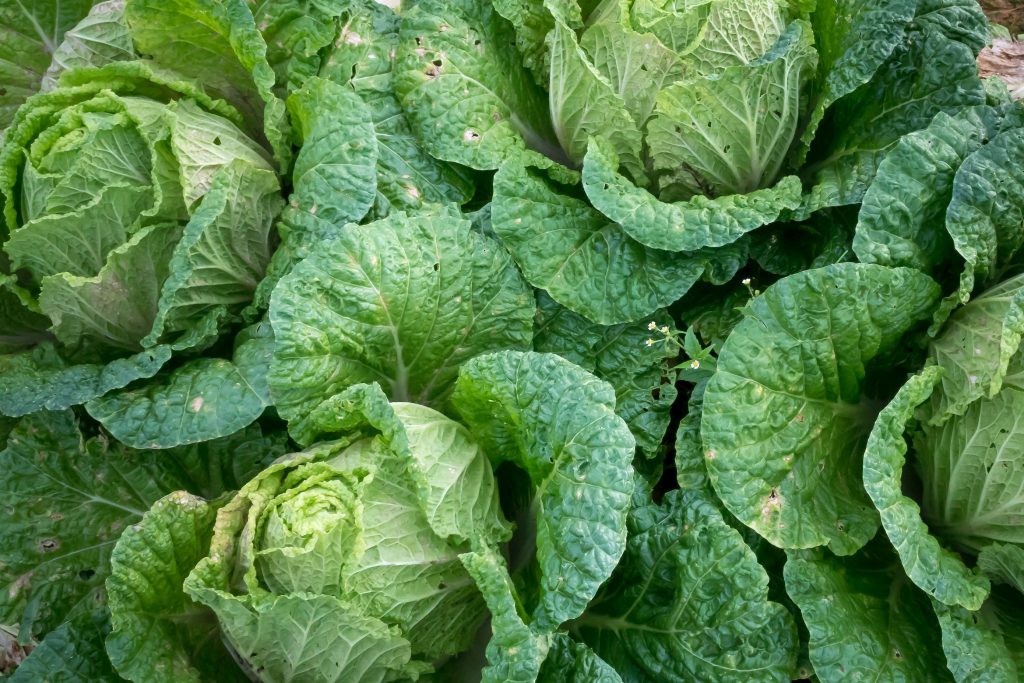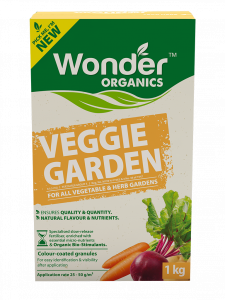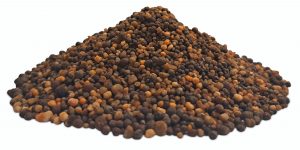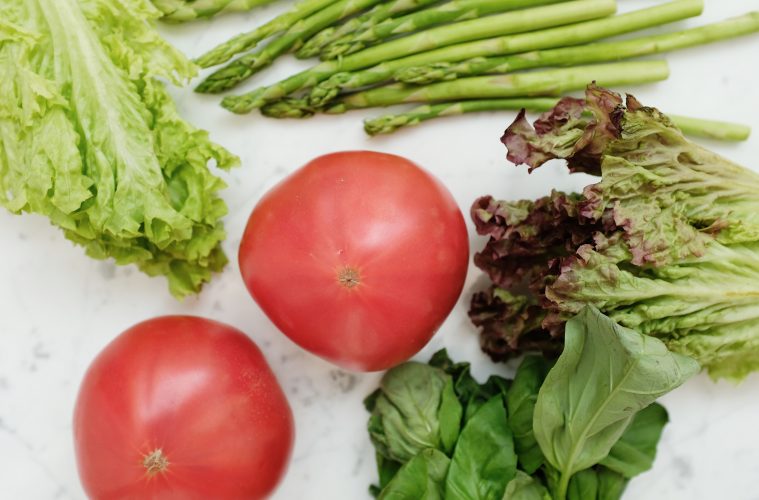Have you ever bitten into a juicy, flavourful tomato grown from the veggie garden? Garden-fresh vegetables amaze us with their vibrant textures and succulent taste. There really is nothing quite like those fresh vegetables you have grown yourself (and you can, even if you’ve never had a vegetable garden before).
Having your own garden is a great way to enjoy your favourite fresh foods at home, including vegetables, herbs, and fruits.
The best part about starting a veggie garden is that they come in all shapes and sizes – vertical, balcony, container and full-on garden patch. In this article, we’re exploring all the ways to grow your vegetables fresh, and from your own home, no matter how small the space.

Maximise your garden space: veggie gardens to suit any home
If you’ve always been under the impression that vegetables need large areas to grow, we have some great news for you. Garden beds with a bigger surface area produce a larger harvest, but you can grow healthy vegetables in a small space without a large garden bed. Small sunny spots in your backyard, on your balcony or even on your windowsill, can work.
Types of small veggie gardens
Container vegetable gardens
Container gardening is a great alternative if you do not have a lot of space, your garden soil is poor quality, or your garden lacks sunshine.
When growing veggies in pots, choose patio or dwarf varieties. Shallow-rooted plants such as lettuce, radishes, garlic, and leeks are great options for container gardens. From fabric grow bags to reused buckets, choose any container you like — as long as you provide good drainage.
Keep in mind that container plants need more water than those that are planted in the ground and shouldn’t be left to completely dry out. Also be sure to fertilise your containers during the growing season, using specialised fertiliser, such as Wonder Veggie Garden.
Growing veggies on your windowsill
Herbs and lettuce, which are often harvested, can be grown indoors on a windowsill with minimal space requirements.
In addition, windowsill gardening isn’t just for gardeners with limited space. Any gardener can grow veggies and herbs inside with sufficient sunlight and enough water.
Raised beds for raising your veggies
The option of building raised beds is also a great one – if you have a level foundation on which to grow your vegetable garden. In comparison with in-ground beds, they are easier to access, have better drainage, and warm up the soil faster in the spring.
If you’re a beginner gardener, our advice is to start with a mix of good-quality soil and compost. Add in Wonder Veggie Garden fertiliser to feed your plants.
Vertical vegetables
For a small space, utilise your vertical space! As well as saving space, gardening up creates structure and peaks visual interest.
Give vine-growing vegetables like pole beans, cucumbers, and squash something to grab onto, such as a trellis, fence, or netting. Trellises are available in a variety of shapes, styles, and materials.
If you have space on a sunny exterior wall, grow herbs and shallow-rooted vegetables in wall-mounted planters.
Design an edible landscape
The use of edible landscaping in front yards or other visible locations is a creative and attractive way to grow your favourite vegetables.
Consider mixing ornamental vegetables and herbs into perennial gardens or planting them in containers. Combining a variety of colours and textures can also make them attractive on their own.

via Pexels
Choose these veggies
High-producers to give us heavenly gardens
If you are growing your vegetable garden in a small space, start with plants that will still produce a high yield, such as pole and runner beans, tomatoes, cucumbers, beets, peppers, peas, kale, baby marrow and lettuce. Instead of crops that can only be harvested once, like maize, sweet corn and carrots, choose crops that will continue to produce throughout the season. Several leafy greens, including spinach, kale, frilly lettuce, swiss chard, and rocket, will also produce even after being picked.
For tips and tricks on how to harvest herbs, read our guide.
Flavour comes in small packages
Often normal varieties will do just fine in a smaller space, but many crops have compact or dwarf varieties. That way, you can still enjoy the products you like without taking up as much space. You should look for varieties labelled as “compact,” “dwarf” or “baby”.
For gardening guides based on seasons and months, view Wonder’s gardening calendar.
Keep your eyes out: pests and insects
The smaller the garden, the more susceptible it is to pests and diseases. Crop rotation prevents fungi and pests, but it’s not always possible in small plots.
To prevent fungal problems, water the soil rather than the leaves, and water earlier in the day so the leaves dry out in the sun.
If you have any pesky insects or diseases, use one of the many products available from Efekto. Browse them, here.
Get ready for your veggie garden
Order seeds or plan where you will get transplants once you know what crops you want. It is possible for seeds to run out closer to the start of the growing season, so be sure to stock up ahead of time.
You can also purchase Wonder Veggie Garden from any of Wonder’s stockists. Find a store near you.
Wonder Veggie Garden: veggie gardening’s best friend
This nutrient-rich and naturally enriched product boosts the growth of vegetables and herbs. It is specially tailored to support your plants’ health.
The bio-stimulants in the nutrient-dense fertiliser promote and stimulate root development and plant growth
The colour-coated granules make it easy to identify after application.
This fertiliser is the perfect product to build immunity for healthy crops.
Follow us on Facebook or like our page on Instagram for more lush gardening inspiration.


Author: Rea Pieterse


